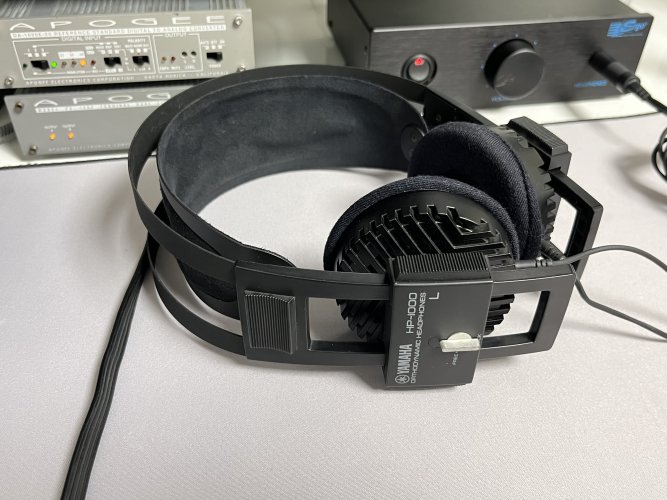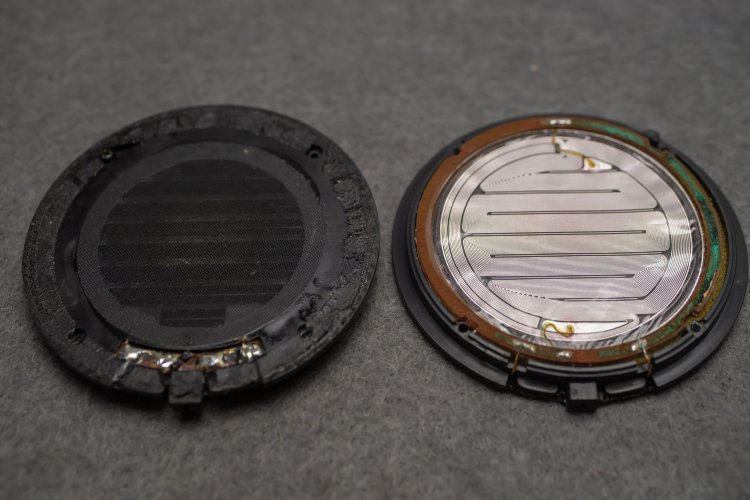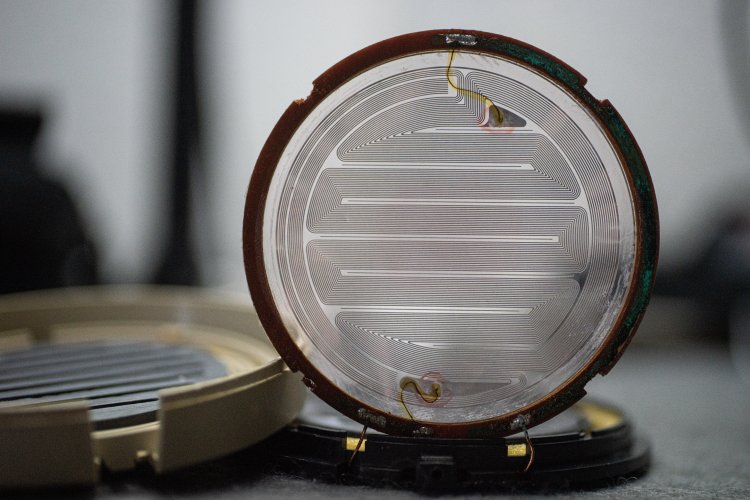nick n
Headphoneus Supremus
- Joined
- Feb 3, 2011
- Posts
- 5,368
- Likes
- 1,990
An interesting bit of history that could have been. This regards the infamous Peter Belt. Found this in one of his newsletters that's available online discussing all sorts of things regarding sound. Yeah I know its sort of speakery but it has ortho relevance. Even talks about specific metals in cables sounding different, lead being best!
"All this illustrates the serious dilemma which faced Peter over 25 years ago when he began to discover just what could affect the sound. Should he continue developing his State of the Art, actively driven, orthodynamic tower speaker system, knowing the many different things within the listening environment which he was discovering could affect the sound ? Or, should he try to develop devices, techniques, treatments, which anyone, anywhere in the world could use to 'treat' both their environment and their existing equipment ?
As everyone now knows, Peter chose the latter path !!"
Also
"Chapter One.
Starting in 1981. During the making of his new 'state of the art' orthodynamic tower speaker system, Peter had found that when wiring the 108 orthodynamic drive units, the different coloured cabling he used gave different sounds."
Shame if you ask me. He could have at least finished that last project before diving completely into the "beltism tweaks" and abandoning most else.
Can only wonder what those particular units would have sounded like.
Link if you are interested. There's a bunch more on the ortho speakers systems mentioned .
http://www.belt.demon.co.uk/newsletter/vol0602/vol0602.html#%22There%20is%20more%20to%20it%20all%22
"All this illustrates the serious dilemma which faced Peter over 25 years ago when he began to discover just what could affect the sound. Should he continue developing his State of the Art, actively driven, orthodynamic tower speaker system, knowing the many different things within the listening environment which he was discovering could affect the sound ? Or, should he try to develop devices, techniques, treatments, which anyone, anywhere in the world could use to 'treat' both their environment and their existing equipment ?
As everyone now knows, Peter chose the latter path !!"
Also
"Chapter One.
Starting in 1981. During the making of his new 'state of the art' orthodynamic tower speaker system, Peter had found that when wiring the 108 orthodynamic drive units, the different coloured cabling he used gave different sounds."
Shame if you ask me. He could have at least finished that last project before diving completely into the "beltism tweaks" and abandoning most else.
Can only wonder what those particular units would have sounded like.
Link if you are interested. There's a bunch more on the ortho speakers systems mentioned .
http://www.belt.demon.co.uk/newsletter/vol0602/vol0602.html#%22There%20is%20more%20to%20it%20all%22



































